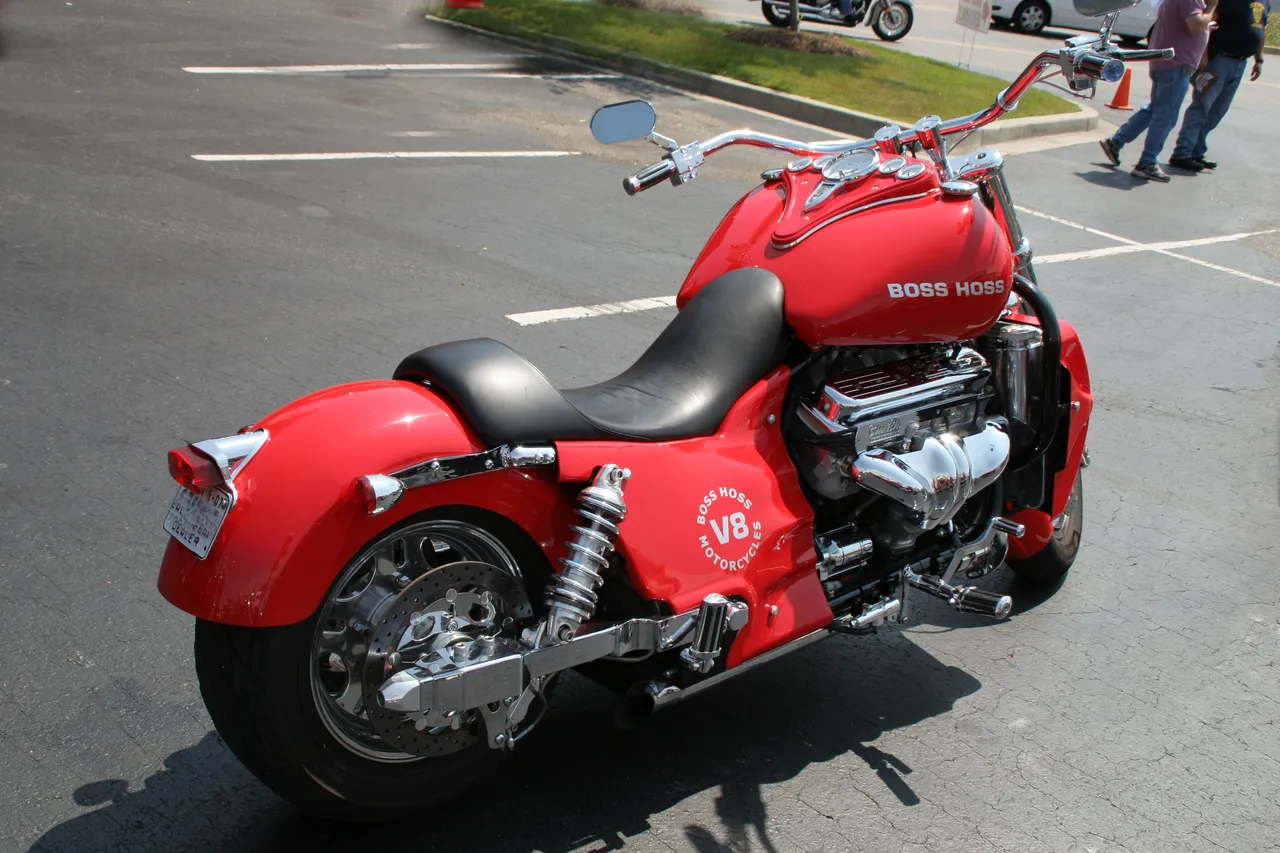
A motorcycle, also called a bike, is a vehicle with two wheels, a frame, and an engine. It is designed for speed and agility, and is commonly used for transportation, recreation, and racing. Motorcycles come in various styles and sizes, from small, agile scooters to large, powerful touring bikes. They are powered by gasoline or electricity and have a range of features such as manual or automatic transmissions, suspension systems, and brakes. Motorcycles are popular for their fuel efficiency, maneuverability, and thrill of riding. However, they also present safety risks, such as lack of protection for riders] in the event of an accident. As such, it's important for riders to take safety precautions, such as wearing protective gear, obeying Traffic laws, and developing defensive riding skills.
Motorcycles have a long history, dating back to the late 19th century when the first motorized bicycles were invented. Over time, they have evolved into specialized vehicles for various purposes, such as sport bikes, cruisers, dirt bikes, and touring bikes. They are also customized with various accessories and modifications to suit individual preferences.
In addition to the thrill of riding, motorcycles offer practical benefits such as fuel efficiency, cost-effectiveness, and ease of parking. They are also a popular choice for commuting in heavy traffic or narrow streets. However, they can be dangerous, especially for new riders. It's important to take safety precautions such as wearing protective gear like helmets, gloves, and boots, and developing defensive riding skills such as proper cornering, braking, and acceleration techniques. Additionally, riders must be aware of their surroundings, follow traffic laws, and avoid distractions while riding.
Motorcycles have a strong cultural following, with many clubs, events, and rallies celebrating the motorcycle lifestyle. They also have a significant impact on the economy, with the motorcycle industry generating billions of dollars in revenue each year.
Here's a rewritten version with more details:
The history of motorcycles is a fascinating and exciting story that spans over a century. It began in 1885 when Gottlieb Daimler and Wilhelm Maybach, two German inventors, created the first motorcycle, a petrol-powered bicycle called the Reitwagen, which means "riding car" in German. This invention marked the beginning of a long and winding road that would lead to the diverse and technologically advanced motorcycles we know today.
Nine years later, in 1894, the first production motorcycle, the Hildebrand & Wolfmüller, was manufactured in Germany. It had a 1.5 horsepower engine and a TOP speed of about 25 miles per hour. This early motorcycle was the start of a revolution in transportation and recreation.
In 1903, the first Harley-Davidson motorcycle was produced in a small shed in Milwaukee, Wisconsin. The company has since become one of the most iconic motorcycle brands in the world. Harley-Davidson's success was not limited to just selling motorcycles, but also in creating a culture around it. The brand became synonymous with the American dream, freedom, and rebellion.
In 1908, the Indian Motorcycle Company was founded in Springfield, Massachusetts. Indian became one of the most successful motorcycle brands in the early 20th century, known for its innovative designs and racing successes. Indian motorcycles quickly gained popularity for their speed, durability, and style.
During the 1950s and 1960s, motorcycles became increasingly popular in the United States, particularly among young people. This led to the rise of motorcycle clubs and the counterculture movement. Motorcycles became a symbol of rebellion and nonconformity, and riders began to customize their bikes to reflect their individuality.
In 1969, the first superbike, the Honda CB750, was introduced. It had a powerful four-cylinder engine and a top speed of over 100 miles per hour. This bike revolutionized the motorcycle industry and set the standard for high-performance motorcycles.
In the 1980s, motorcycles continued to evolve with advancements in technology and design. Sport bikes, touring bikes, and dirt bikes became popular for different types of riding. Riders could now choose a motorcycle that suited their specific interests and needs.
Today, motorcycles are more diverse than ever, with a wide range of styles, sizes, and features. Electric motorcycles are also becoming more popular, offering a cleaner and quieter alternative to traditional gasoline-powered bikes. The rise of electric motorcycles has opened up new possibilities for transportation and recreation.
Throughout its history, motorcycles have captured the hearts of many people around the world. They have been used for transportation, recreation, and even as a symbol of rebellion. Motorcycles have come a long way since their humble beginnings, and their popularity continues to grow with each passing year. The passion and excitement surrounding motorcycles are a testament to the joy and freedom they bring to riders. The history of motorcycles is a story of innovation, perseverance, and the human spirit.
There are several types of motorcycles, each with its own unique style, features, and purposes. Here are some of the most common types of motorcycles:
Here are the top 5 largest motorcycle manufacturers, along with their country of origin and the year they were founded:
These five manufacturers are all based in Japan or Germany, and they are some of the largest and most well-known motorcycle manufacturers in the world. They have a long history of producing high-quality motorcycles that are popular among riders around the globe.